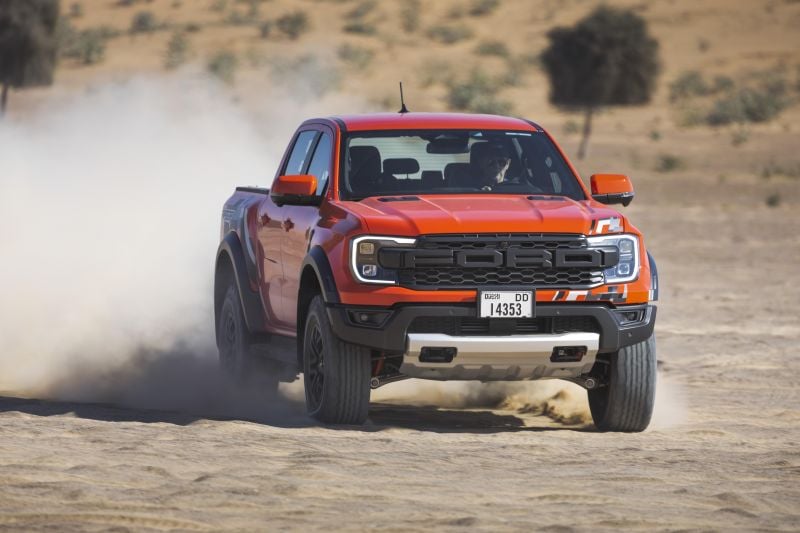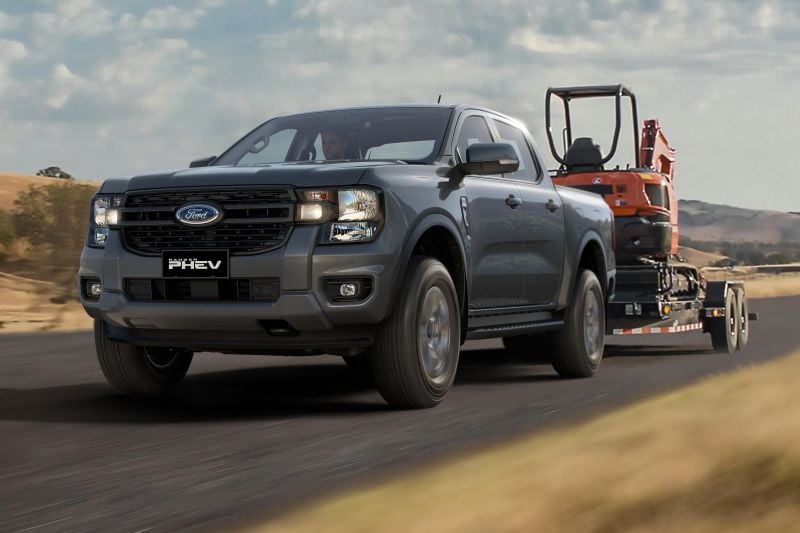With the Australian Government’s New Vehicle Efficiency Standard (NVES) scheme now officially in play as of January 1, some of the nation’s most popular car brands are beginning to signal that consumers will wear the cost of any fines passed on by the government in 2029.
Speaking to CarExpert, Kay Hart, president of Ford’s International Markets Group (IMG) – the Ford division that oversees all sales outside of North America, South America, Europe and China – admitted that customers will wear some of the costs associated with any fines imposed by the government.
“I think that’s work in progress [who will cover Ford’s fines], and that really depends on the ecosystem of how you implement the program itself, the timing, the technology that’s coming in, there is a definite cost of NVES, right?” she said.
“And that will be worn by, I would say, a multiple different industries, be that the industry, be that customers – in some instance, I think it’ll be a mix.”
Hundreds of new car deals are available through CarExpert right now. Get the experts on your side and score a great deal. Browse now.
The tiered efficiency mandates came into effect from January 1 this year, with credits or penalties not being accrued until July 1 this year.
Despite accrual commencing from July 1 this year, fines or the requirement to purchase credits from other brands wouldn’t be due by car companies until 2029 at the earliest.
This timing gives car companies the opportunity to gradually increase the cost of their vehicles between 2025 and 2029 to cover the cost of the penalties.
That will effectively make cars more expensive for commercial vehicle buyers, with the flow on effect being more expensive goods and services for end consumers that utilise the services of those commercial buyers.
The only way this reality would change is if carmakers materialise new vehicle technologies for Australia’s most popular vehicles by early next year, at which point most dual-cab utes on sale will enter the penalty phase for emissions.
Ultimately, a plug-in hybrid dual-cab ute that weighs some 400kg+ more than a conventional dual-cab ute and uses more fuel when the battery depletes isn’t the answer.
When asked whether Ford was concerned and whether it was engaging with the government on the emissions scheme, Ms Hart was confident things were moving ahead as planned.
“First of all, we support an emissions scheme in Australia. We’re supportive of the intent of the emissions scheme. It is definitely a challenge, and it’s something that we continue to work through with industry, with government, in terms of the execution, implementation of it,” she said.
“We just need to work through the actual implementation of it from our business and for our customers.
“We’ve got good engagement. I would say we’ve had strong engagement. There’s a lot to do to implement the scheme, and it’s really important, I think, that we get the right ecosystem around it to support it. That’s going to be critical to the success of it. But no, we’ve got good engagement, good discussions [are] happening.”
MORE: What the first federal emission standard means for Aussie car buyers



